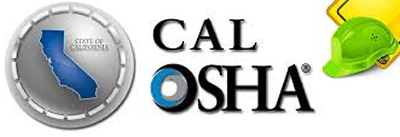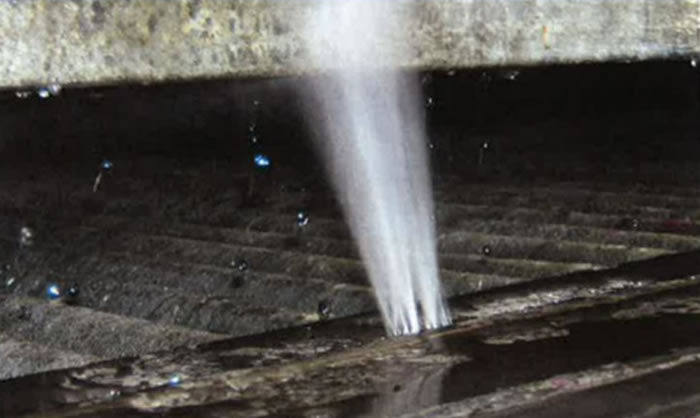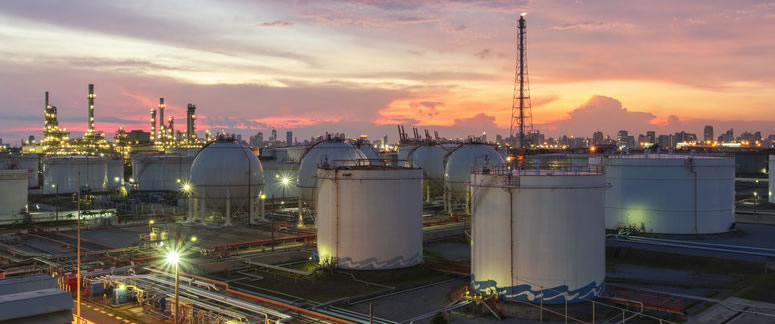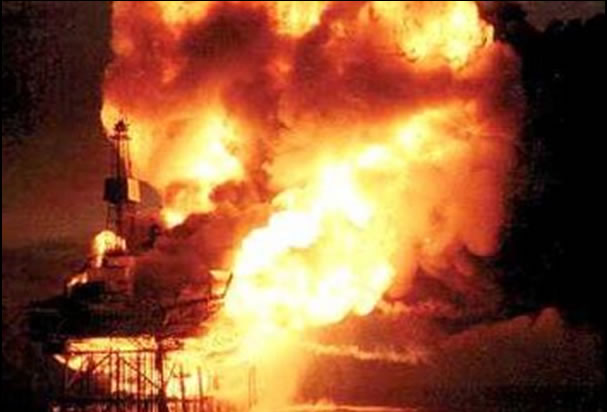CalOSHA Update – Damage Mechanism Reviews (DMR)

On May 18, 2017, the California Department of Industrial Relations’ Occupational Safety and Health Standards (CalOSHA) board approved a new regulation that changes how Process Safety Management (PSM) is handled for oil refineries within the state of California. This regulation was approved in response to high-profile industry incidents in the state of California in the last 5 to 10 years. The new regulation introduces a “refinery safety order” that will be enforced by the PSM unit within CalOSHA (CLICK HERE for the regulation). Some key elements introduced in this regulation are:
- Damage Mechanism Reviews (DMR’s) – Reviews that consider where corrosion, mechanical damage, environmental cracking, etc. are identified for process equipment;
- Hierarchy of Hazard Controls Analysis – A review to identify appropriate the most appropriate means for managing hazards;
- Human Factors Program – Analysis of personnel related factors such as employee fatigue, staffing levels, shift turnover, and training;
- Management of Organizational Change – Applying the principles of management of change (MOC), part of the PSM process, to changes in personnel within the refinery;
- Root Cause Analysis – Utilizing a root cause approach to investigate any instance that could reasonable result in a major incident.
DMR Elements
Specifically, Damage Mechanisms Reviews are not necessarily new to the refining industry, but CalOSHA has defined them and listed required elements in the new safety order. DMR’s are intended to be part of the Process Hazard Analysis (PHA) which has long been a part of PSM regulations. The DMR is intended to review the process unit from a corrosion and materials standpoint. Some of the key elements required to meet the new regulation include:
- Assessment of process flow diagrams;
- Identification of all potential damage mechanisms;
- Determination that the current materials of construction are appropriate for the application and are resistant to potential damage mechanisms;
- Methods to prevent/mitigate damage;
- Review of operating parameters to identify conditions that could accelerate damage;
- For items where no potential damage exists, the rationale must be documented as well.
DMR Availability & Timing
DMR’s must be documented and available to the PHA team as well as those working with the process unit. All DMR’s must be kept for the life of the process unit. Also included in the new regulation is a time frame to implement the new requirements. The schedule is presented below
- The first set of DMR’s must be completed within 5 years of the approval of the new safety order;
- 50% of the intial DMR’s must be completed within 3 years of the approval of the new safety order;
- The DMR for a process unit must be revalidated at least once every 5 years; and
- DMR’s are required to be reviewed as part of a major process change.
Becht Can Help
Becht Engineering’s Pono Division has a broad array of Corrosion and Metallurgical experts with owner-operator experience covering the refining, petrochemical and chemical industries (e.g. BP, ExxonMobil, Shell, FHR, Aramco, etc. with a mix of refinery and central engineering positions). Becht has extensive experience creating Corrosion Control Documents (CCD’s) and Integrity Operating Windows (IOW’s) – both API 970 and API 584, and performing Risk Based Inspection (RBI) damage reviews. We are very active in API/NACE standards committees. Damage reviews for CCD’s and RBI could be viewed as DMR’s. In addition, several of our experts have performed structured DMR’s specifically for PHA’s, outside of the above mentioned similar programs for 2 companies.
Becht also has a team of ex-Chief Inspectors from owner-operator companies that works hand-in-hand with our materials team to provide practical inspection advice. We also collaborate with Becht’s Process Engineering group to provide process corrosion troubleshooting. Since our experts typically join us from long-standing careers within owner-operator organizations, we approach corrosion and materials problems from an owner’s perspective.
If Becht Engineering can help with facilitating a DMR assessment at your refinery, please contact either Gerrit Buchheim, P.E. or Matthew Caserta, P.E. by clicking below:
You may view more about Becht’s Corrosion and Metallurgical services at https://bechtwp.com/becht-services/corrosion-and-metallurgical-consulting-services.






